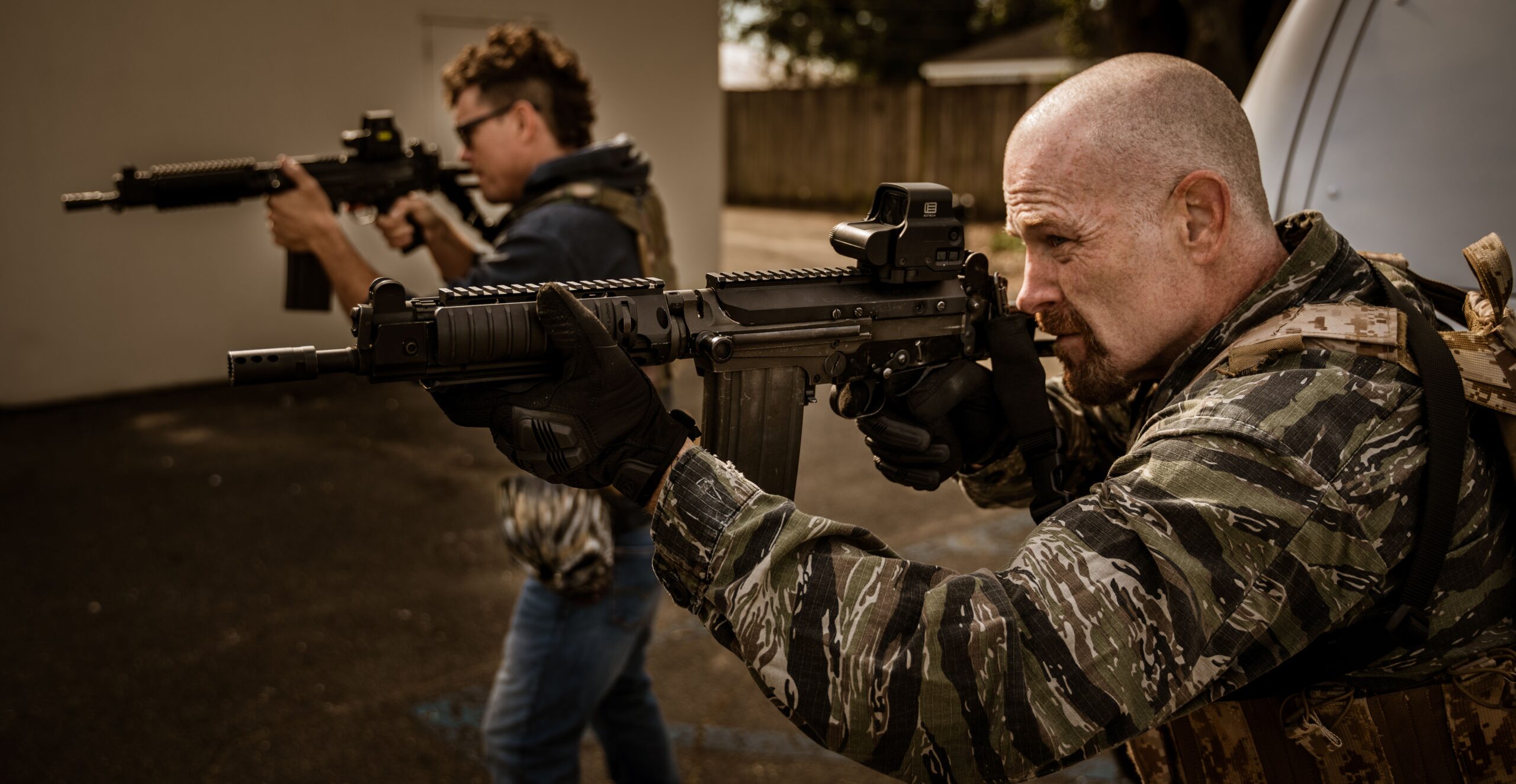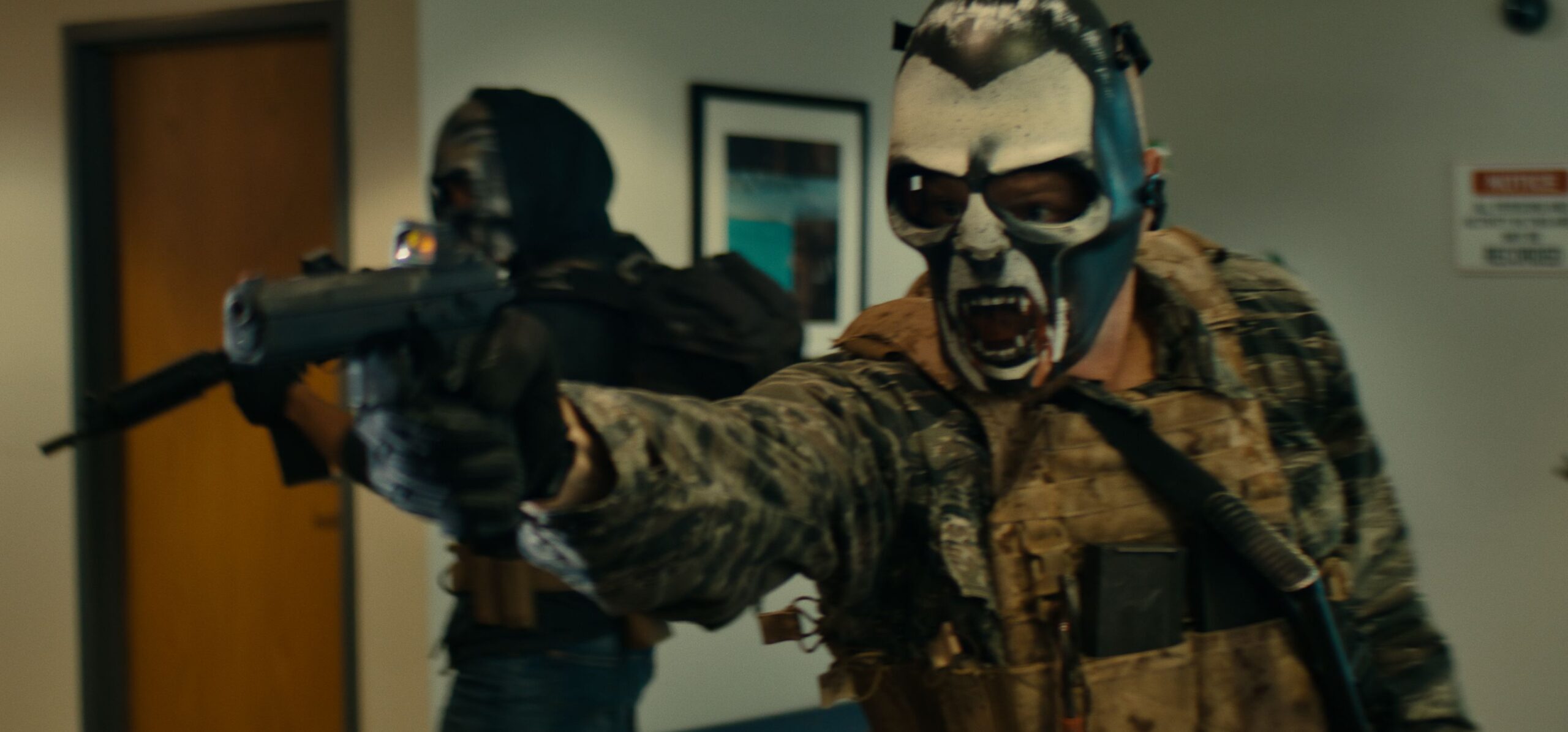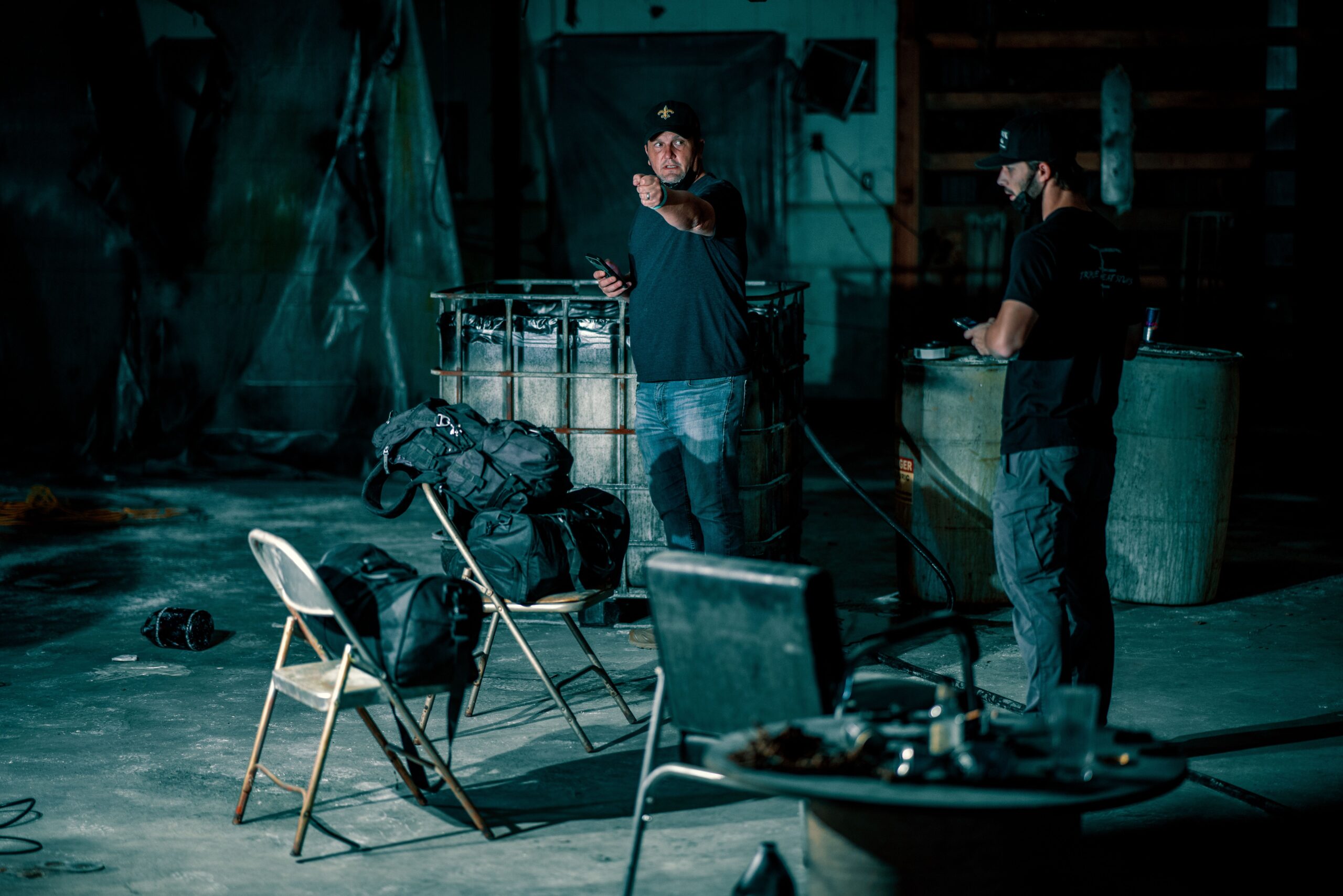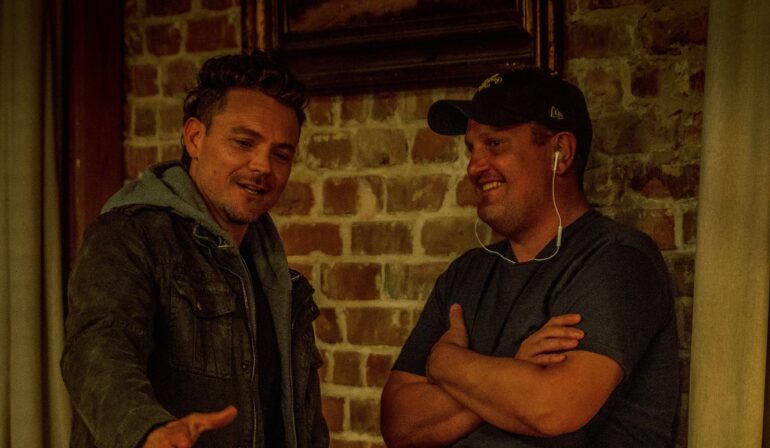Directed by William Kaufman (The Hit List, Daylight’s End) and written by Kaufman himself, THE CHANNEL is an adrenaline-fuelled experience from start to finish. The film stars Clayne Crawford (The Killing Of Two Lovers, Lethal Weapon) and Max Martini (13 Hours, Captain Phillips) as desperate ex-marine criminals, who find themselves trapped in New Orleans, relentlessly pursued by a determined FBI agent after a bank heist goes wrong.
William stopped by top chat with me about the film.
Today we’re talking about your new movie, The Channel. How did you come up with the idea initially?
Well, my partner Paul Reichelt and I wanted to do a heist film, so it was about guys who are trying to escape a bank robbery that went wrong. That was kind of a jumping off point and to me that was like, how good does that get? Absolutely this is the kind of film I’ve wanted to do my whole life. As you know, there are a lot of these heist movies, and a lot of really good ones. I wanted to try and take it from my own point of view and focus on a different direction, so we begin the film pretty much with the bank robbery, and then it’s all about the characters trying to escape and survive and how their actions and choices affect those around them.
All about the consequences of their decisions…
Yeah, exactly. Yeah.

What generally, is your process for putting a script together? Do you start off with notes or do you just start writing the script?
I’m not that smart (laughs); I spend a good amount of time doing an outline. Coming up with all the beats, understanding the pacing; getting confident in the pacing is everything to me. So, understanding the pacing; I start off by looking at the idea, then characters, and then finding out what their goals and arcs are. That allows me to then plug that into an outline that I’m working on, and making sure I’m on track. Not saying that doesn’t ever change but to me, that’s a place where you can get a lot of confidence that you have great bones to begin with.
The opening shoot-out is one of the best action scenes I’ve seen this year, actually the two sequences because you’ve got the first-person shooter POV opening, and then you’ve got the heist shoot-out. Can you talk about putting them both together?
The opening scene is really interesting because we did that after we shot the film. We had this amazing location, an old for fort from like the 1500s here in New Orleans, and we had a very tight budget to do it. I had three stuntmen, and so the first-person shooter would go through and after he shot someone he was pushing on. Then those stuntmen would have to run around and be ready for the next shot as this kind of oner takes us through the sequence. So, that was super challenging but I think it came out well.
Clayne Crawford and Max Martini play the two brothers. Why were they the perfect choice to play the two characters respectively?
We went out to them for different roles. Ultimately, they came to me and said they really wanted to play brothers and I was like, “Holy crap, I get to do a movie with Clayne and Max”. They have a relationship that goes back 20 years and I think their first film together was The Great Raid. So, they’ve known each other since they were essentially kids. They come into the movie with this brotherhood, which is so much fun and so real; it really raises the stakes and the relationships with the characters. They’ve both played a bunch of bad asses. They’ve both done military and tactical films and so a lot of that stuff made things just easier for us.
How did you know about that lake in Bolivia? Is that real?
Oh, yes. I don’t know where that came from (laughs). How I stumbled across it. I’m the guy that that makes notes and grabs screenshots of stuff, thinking I’m going to use it someday. That was one of those things where I was like, oh, man, that’s perfect.
We can’t do an interview without talking about the most important part of the movie, which of course, is Mike ‘Lobo’ Daniels. He makes an appearance and he needs a prequel movie, obviously based entirely on his character.
Marion “Vee” Varnado. Yeah, he’s killer in the film.
Todd Jenkins as well as Clarence, he’s fantastic.
Yeah, he was amazing.

I like how at the beginning of this movie, and in Sinners and Saints as well you have a character who tells a joke. Where do you come up with these jokes from?
I mean, the first joke I came up with was so filthy, that I was told no (laughs). I had a buddy that I said, “Hey, give me some good jokes”, so Mr. Jay Moses, who also worked on the film with us shared with me some great jokes. That was one I said “Oh, I got to steal credit for that and take that one for sure”.
One thing we’ve discussed recently, and I thought it’d be interesting, was how you recommended watching this movie in the dark with the volume up loud. Why do you say that for general audiences?
Well, I think so many people watch things on their phones on their laptops. I had one of the best sound designers in the world on this movie, and to get to watch it on a system where you can really appreciate all the levels and layers of that audio, really take the movie up to another level. Also, I say in the dark, because it’s a dark film. It’s a noir film, and most of it takes place at night. So, if you’re watching in your living room in the afternoon, and you’ve got all that light pollution coming in from your windows, you may not get everything that I want to share with you. I mean, do your thing, but I would prefer you to get it dark and turn it up loud.
I also loved the score from John Roome; how did you work with him to create the right sound for the movie?
John and I’d worked on a couple movies together prior. I told him I wanted to do something really unconventional. He’s an English composer that I’ve known for years and he had this idea. He liked the idea of the Irish Channel, and he wanted to kind of incorporate some of that and we just talked a lot. We spent a lot of time talking about sounds and instruments. It’s a film where the score is pretty unconventional. It’s not orchestral, and I think it really adds so much to the film. Then when he chose not to use score I told him, I wanted to experiment with the gun battle without a score, because so often when we see those moments, it’s playing loud music alongside it. I wanted to try it without and then I shared it with him. He’s like, “absolutely, let’s lose the score there” and we had a couple places that were story elements where we brought little elements in and took them away. Then we carry the scene out and we get back in the score. He’s super talented and smart and he just really, I think brought it to another level. It’s probably one of my favourite scores.

The fact the film is called The Channel makes it feel like Louisiana is a character in itself; was that important to have the location as a character?
I think so, I think New Orleans is a character; I love the city and I live here. I think that it has so much more to offer than Mardi Gras and the French Quarter. I wanted the city to be a character, to breathe and you get a sense of where people live that are outside of the French Quarter; you get a real sense of Louisiana and New Orleans where people really live. One of the locations we filmed in was Central City, which is a pretty dangerous place and so obviously, we’ve had our attention for it being a dangerous place as well, which for an action noir story is a perfect setting. It’s also a beautiful place with amazing people.
What would you like audiences to take away from the film?
I want them to walk away just talking about Clayne Crawford and Max Martini and Julian Joyner. I want them to walk away asking themselves “did they make the right choices?” “What could they have done different?” I want them to really be engaged in this little dark tale we take these people on.
Thank you so much for taking the time to chat. Best of luck with the film and all the other ones you’ve got coming up soon as well. Looks like you got a busy year ahead.
Yeah, we’re gonna chase it. Thank you. Great talking to you.






